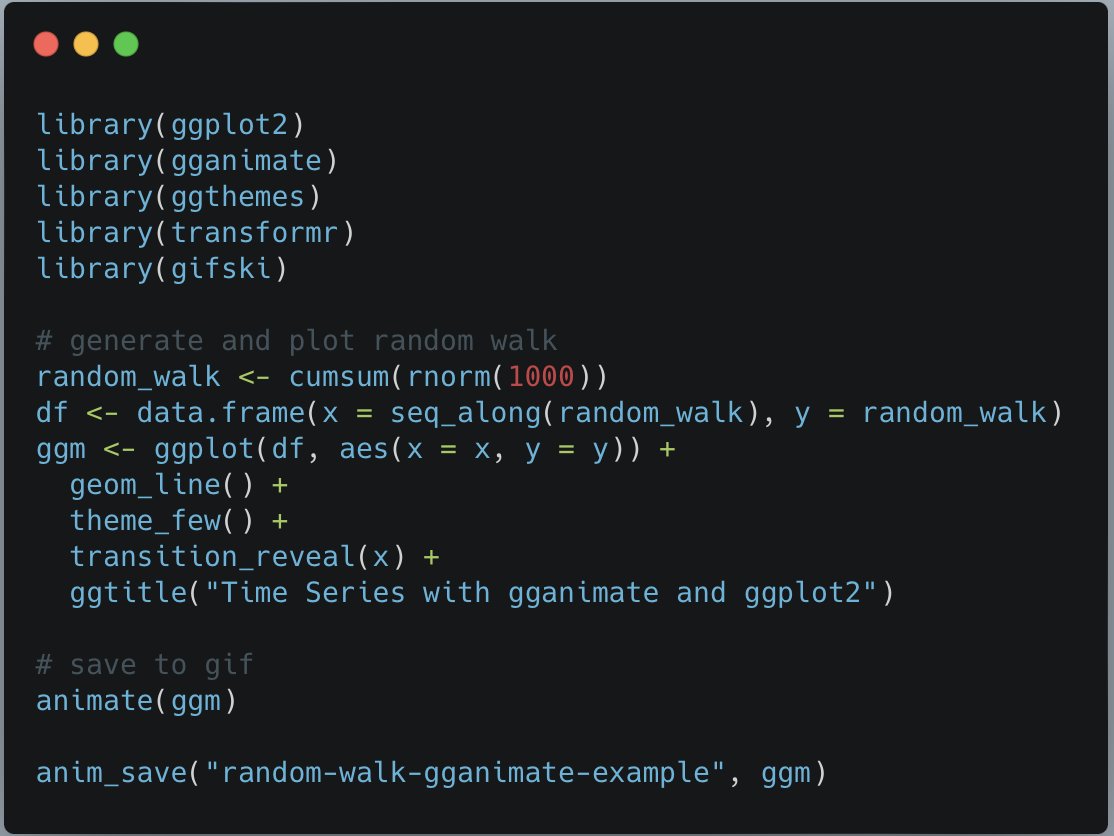
(1/n) All about Shiny. My go to approach for building shiny apps is finding an example I like, going to the github to review the code, and retrofitting it for my use case (w/ credits!).
shiny.rstudio.com/gallery/
shiny.rstudio.com/gallery/
(2/n) I learned this approach via an online course where we deployed models via Shiny to show performance. It was daunting at first and my first foray into building an application.
If you are just getting into Shiny and feel overwhelmed, you've got this & keep at it.
If you are just getting into Shiny and feel overwhelmed, you've got this & keep at it.
(3/n) Version control & Peer review: Something I like about code based dashboards (vs. low/no code solutions) is that it version control becomes possible via git, and dashboards that require complicated calculations are more visible/transparent in a single script.
(4/n) This is my personal opinion, so I’d love to hear everyone’s thoughts on this.
(5/n) The shiny apps I’ve built have been on the scrappy side, but open source frameworks exist for more production focused apps (I learned about golem + rhino at rstudio::conf this summer, but have not used personally)
(6/n) I had a bit of a learning curve with Shiny, which is why I was particularly excited by the announcement of the Shiny UI editor, being developed by @NicholasStrayer currently in alpha (so not prod ready just yet, but you can use +give feedback).
rstudio.github.io/shinyuieditor/
rstudio.github.io/shinyuieditor/
@NicholasStrayer (7/n) Deployment: My personal experience on the personal side has been to deploy using the free tier of shinyapps.io (though paid tiers also exist with adding functionality such as authentication).
@NicholasStrayer (8/n) For professional use, your employer may have a framework for deployment of applications, so it might be a good idea to check with others on your team (or engineering/IT) to see if applications exist.
@NicholasStrayer (9/n) There was a question about deploying on Azure - I have only used AWS/GCP. It looks like with an internet search for ‘deploy shiny on azure’ there are many tutorials available. I’d love to hear more about your deployment experiences with Shiny!
@NicholasStrayer (10/10) To what extent have y’all used Shiny? What was your experience like?
#rstats #shiny #rshiny #deployment #application #rladies
#rstats #shiny #rshiny #deployment #application #rladies
• • •
Missing some Tweet in this thread? You can try to
force a refresh









